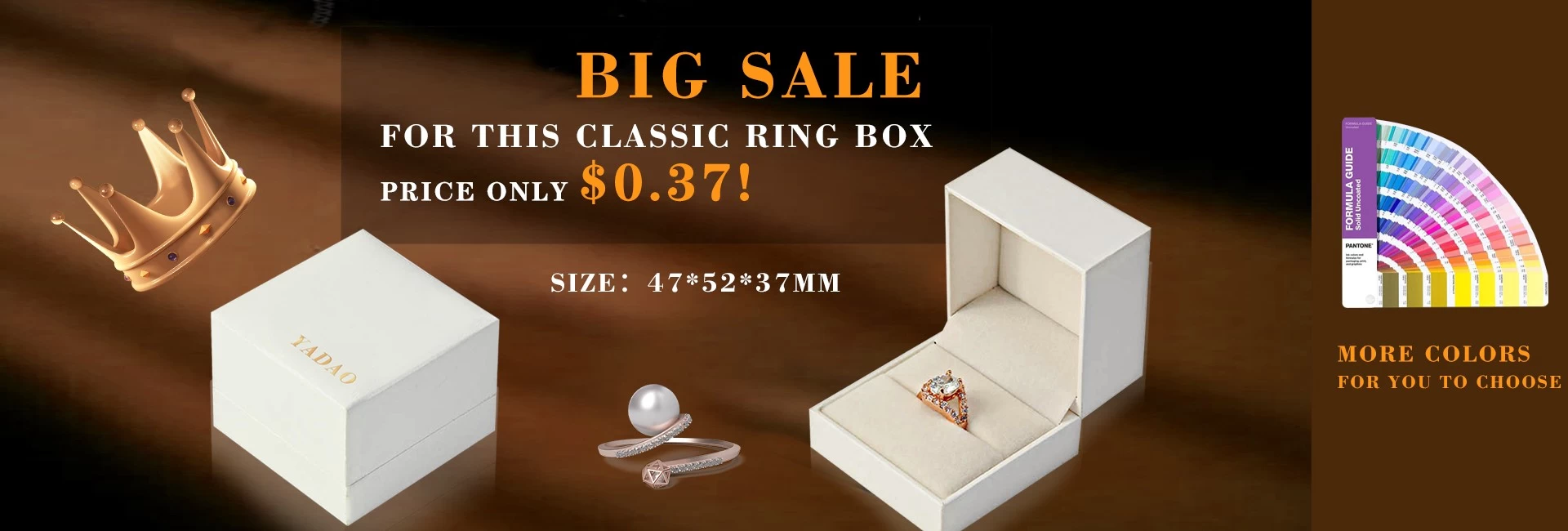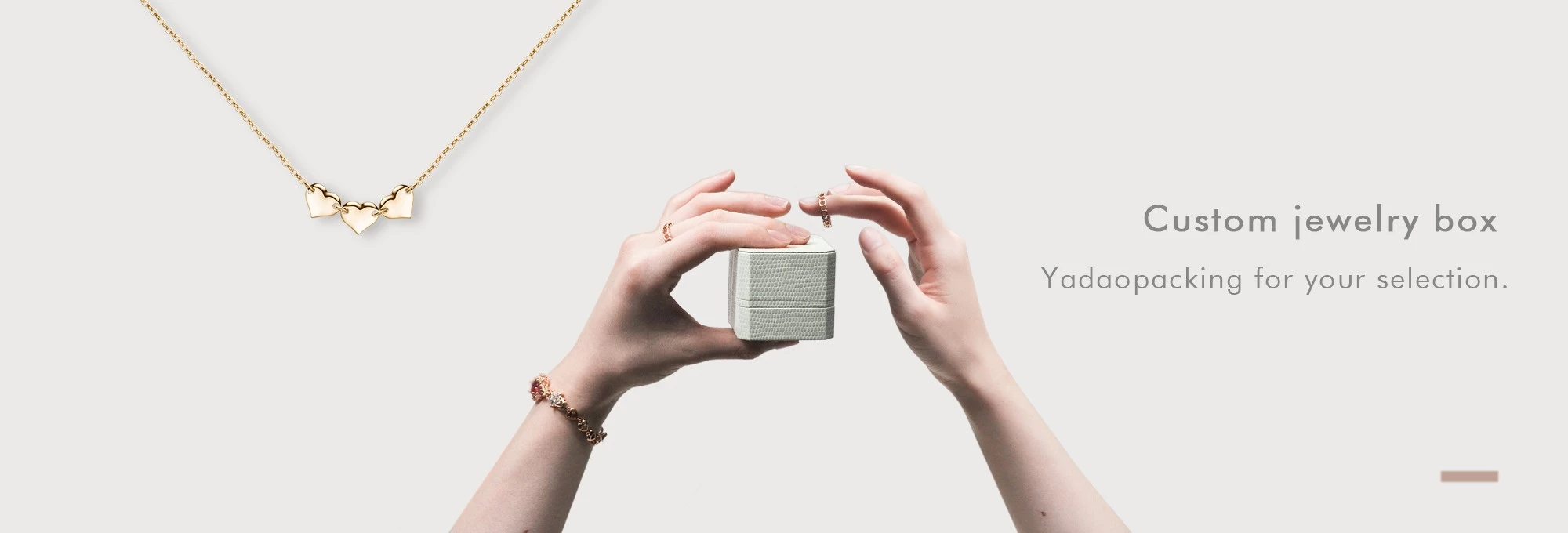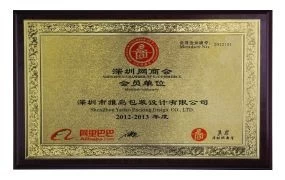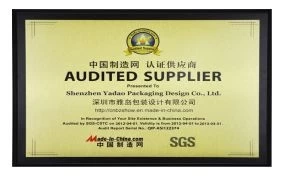Live from Tucson: 9 Gemstone Market Updates
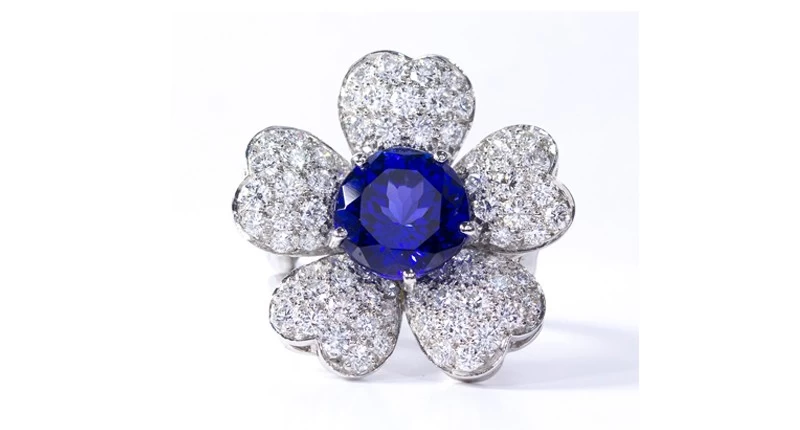
On Thursday morning, GemWorld International’s Richard Drucker spoke at the AGTA GemFair, summarizing his conversations with gemstone dealers throughout the year regarding supply, demand and pricing trends, and some of the biggest issues facing the market right now.
Here are some highlights from his seminar.
1. More business closings. One of the major stories of 2016 concerned the growing number of businesses in the industry that shut down. The Jewelers Board of Trade’s recently released full-year numbers showed that 1,669 jewelry businesses ceased operations during the year, which is a 50 percent jump from the prior year.
Struggles with garnering enough business to stay afloat and retirement without successors both continue to plague the industry, Drucker said.
However, this also means that with less competition, there’s the possibility of a better business outlook for gemstone dealers and retailers still in the game, he added.
2. Over-reliance on memo. The memorandum issue is one that’s long has been discussed in terms of the designer-retailer relationship, but it’s become a concern in the gemstone world as well, with retailers asking for gemstones on memo.
In the case of the gemstone dealer, who has “taken all the risk” in buying the rough or polished stones and added them to their inventory, Drucker said, he or she is now selling direct to consumers more often so that money isn’t tied up in memo goods.
“Dealers, at some point, are forced to find an alternative on their own,” he said.
3. Last year was slow to start but finished strong. Many of the gemstone dealers with which GemWorld spoke said that last year was fairly weak until after the election when buyers were happy to start buying again, leading to a very strong November-December period.
Dealers also said that where the past three to four years had been fairly slow, it seemed like the gem market finally was seeing some growth again amid a resurgence in interest in color.
4. The two-tier market continues. Repeating a trend Drucker mentioned at last year’s Tucson show--and which many in the trade have echoed since then--both the high end and the lower end are doing well while the middle tier continues to be squeezed.
To reiterate, Drucker noted that some gem dealers told him about selling stones over $100,000, and also pointed out that there have been some gems setting records at auction recently.
5. The continued popularity of blue gemstones and colored bridal. For anyone who was wondering, the high demand for blue gemstones won’t be going away any time soon.
While blue sapphires seem to be the king, the trend is carrying through to gems of all types: tanzanite, zircon, aquamarine and tourmaline.
And the mention of color in bridal came as no surprise, as that trend has been strong for a couple of years now. But, Drucker pointed out at the seminar that many of the rings and stones that companies have been selling for the category also could simply be fashion jewelry as well, which means that leveraging this trend could just require a rebranding from some.
6. The increasing popularity of unheated gems, better cuts, big and bold gems, and responsibly sourced stones. Stones with natural and rare beauty are doing well, and quality cutting is coming to the forefront.
Meanwhile, responsible sourcing is “becoming a big topic, and you will hear more about it,” Drucker said.
According to a recent Nielsen survey, 12 percent of baby boomers and 26 percent of Generation Xers care about it while more than half of millennials are concerned with ethical sourcing.
Earlier this week, the Jewelry Industry Summit was held in Tucson, and the AGTA also announced that a number of industry organizations--including the International Colored Gemstone Association and India’s Gem & Jewellery Export Promotion Council, among a few others--were stepping in to help with its silicosis abatement project.
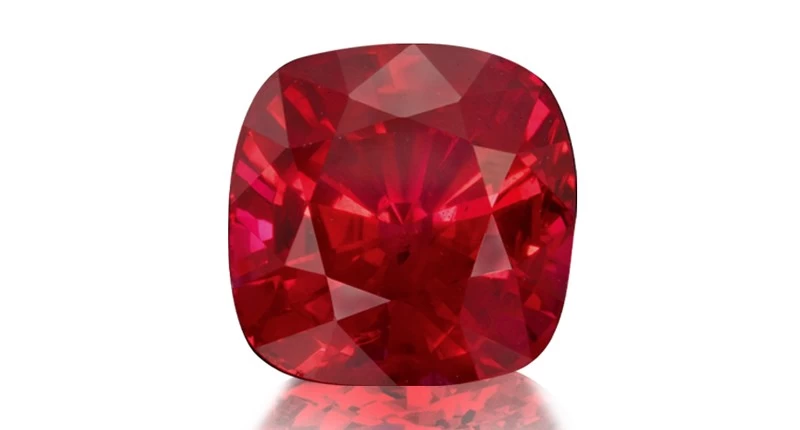
When it comes to sapphire supply and price, some dealers said they were seeing strong supply and lower prices, while some said there were shortages and higher prices. What that issue boils down to is quality: When it came to fine stones, prices were going up.
Production of rubies, meanwhile, used to be around 20 percent of that of sapphires but that gap is rapidly closing, Drucker reported. At the same time, there’s “no indication that demand (of average quality or lower) has risen to keep up with the supply.”
As gem dealers have told National Jeweler before, despite the lifting of the ban in Burma, there isn’t likely to be an influx of material into the U.S. market.
When it comes to emeralds, prices are expected to rise, but it’s likely production will too.
In Colombia, Muzo’s output will go up, Drucker said, now that its infrastructure has been established.
He also noted that a new source of emeralds from Ethiopia has been confirmed, though they haven’t yet seen the material and don’t know much about it.
8. Apart from the “big three,” there are a number of other gemstones doing well. According to the gemstone dealers whom GemWorld surveyed, these include spinel, garnet (especially tsavorite), peridot, rhodolite garnet, and rare and different gems.
“How are you going to set yourself apart if you don’t sell something different?” Drucker asked.
9. Colored stone lab reports concern some dealers. Drucker said that every top dealer he spoke with, except one, expressed dislike and concern about lab reports but noted that they felt like they had to use them.
A few things in particular popped up in this section of the seminar, two of which were nomenclature and origin.
In regards to the first, issues arise for some in the colored stone market when it comes to a lack of consistency and codification in naming standards from lab to lab.
With the latter, the reliance on an identification of place of origin is having a big effect on prices. And as so many new sources pop up, there are risks of inconsistencies.

